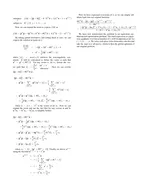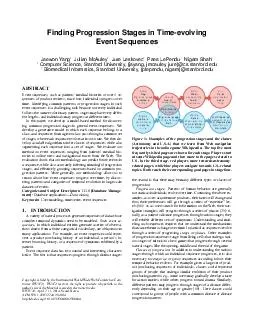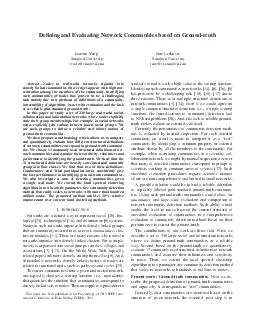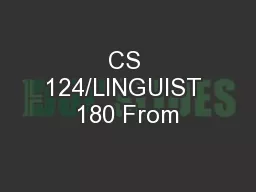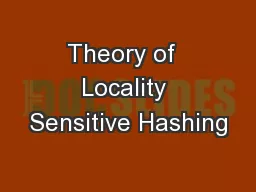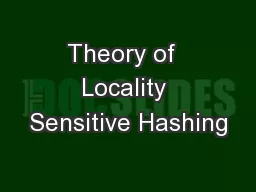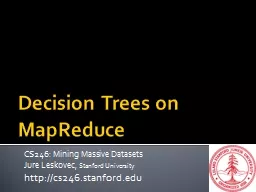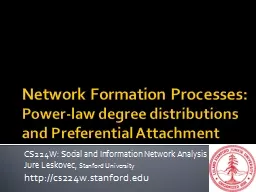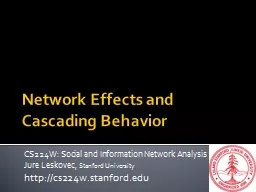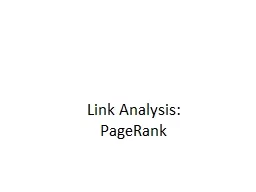PDF-Steering User Behavior with Badges Ashton Anderson Daniel Huttenlocher Jon Kleinberg Jure
Author : lindy-dunigan | Published Date : 2014-10-14
stanfordedu dph kleinbercscornelledu jurecsstanfordedu ABSTRACT An increasingly common feature of online communities and social media sites is a mechanism for rewarding
Presentation Embed Code
Download Presentation
Download Presentation The PPT/PDF document "Steering User Behavior with Badges Ashto..." is the property of its rightful owner. Permission is granted to download and print the materials on this website for personal, non-commercial use only, and to display it on your personal computer provided you do not modify the materials and that you retain all copyright notices contained in the materials. By downloading content from our website, you accept the terms of this agreement.
Steering User Behavior with Badges Ashton Anderson Daniel Huttenlocher Jon Kleinberg Jure: Transcript
Download Rules Of Document
"Steering User Behavior with Badges Ashton Anderson Daniel Huttenlocher Jon Kleinberg Jure"The content belongs to its owner. You may download and print it for personal use, without modification, and keep all copyright notices. By downloading, you agree to these terms.
Related Documents

